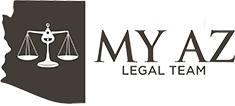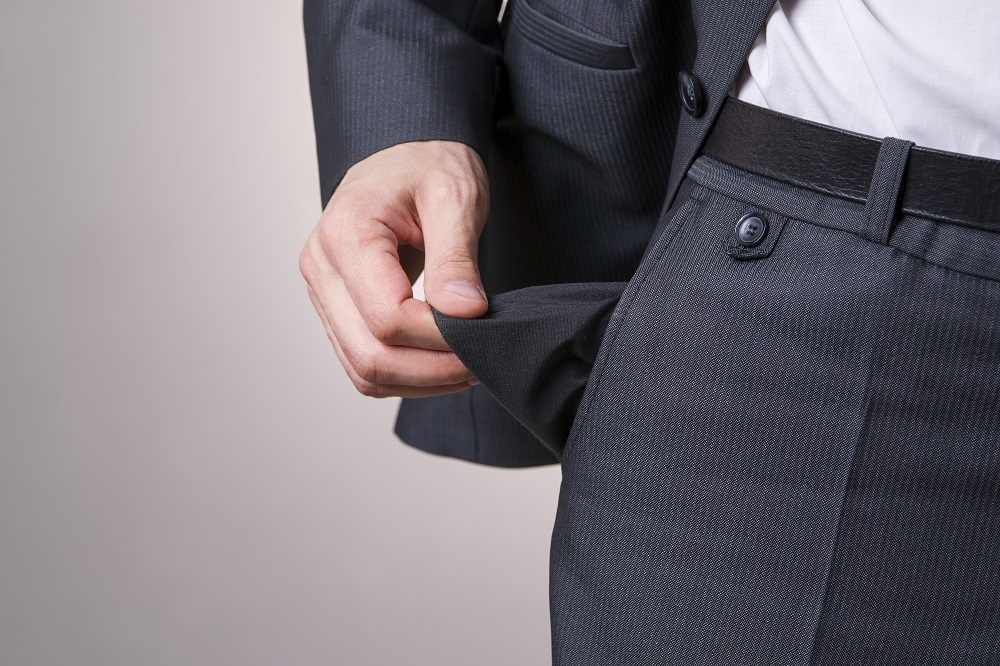Sole Proprietorship and Small Business Bankruptcy
 Starting a business endeavor doesn’t always progress according to plan. Even if you have the best idea, the risk of failure will be present. Sooner or later, you will have to decide about the future of the business. Occasionally, such decisions involve cutting the losses.
Starting a business endeavor doesn’t always progress according to plan. Even if you have the best idea, the risk of failure will be present. Sooner or later, you will have to decide about the future of the business. Occasionally, such decisions involve cutting the losses.
Bankruptcy is a viable option for sole proprietorship and other kinds of small businesses that have gotten into significant debt.
If you are a sole proprietor, you will need to keep the following bankruptcy essentials in mind.
Sole Proprietorship Chapter 7 Bankruptcy
Sole proprietors can do a Chapter 7 bankruptcy filing in Arizona.
In this case, the business owner will have to disclose information about the gross income received from the business. Business expenses and other company-related financial information will also have to be systemized and presented to the bankruptcy court.
The sole proprietorship is considered unincorporated business structure. This means that the business isn’t a separate legal entity from the owner. The sole proprietor and the sole proprietorship are treated as one and the same entity in the event of a bankruptcy filing.
Business debts are perceived as personal debts in this instance. This is why a Chapter 7 filing can occur. The Chapter 7 bankruptcy involves liquidation proceedings. Personal and business assets that aren’t exempt under Arizona regulations will be liquidated to pay off debt. The rest of the debt will be discharged upon the completion of the process.
All business assets will be included among the personal assets of the sole proprietor. Tools, equipment, business property, machinery and accounts receivable are all added to the bankruptcy estate.
Just like in the case of a personal Chapter 7 bankruptcy, a sole proprietorship Chapter 7 bankruptcy takes a look at the debt and the available assets. If a person has a lot of debt and no assets, a Chapter 7 bankruptcy will be possible. Otherwise, the Arizona bankruptcy court will suggest a Chapter 13 filing.
Sole Proprietorship and Chapter 13 Filing
In this case, the trustee will propose a payment plan to the bankruptcy court. The aim of the plan is to cover a portion of the debt. It will continue for a period ranging from three to five years. Any outstanding debt after the completion of the Chapter 13 plan will be discharged.
Your income will be used to determine whether you’ll be entitled to a three or a five-year plan. If you make sufficient money, the payment plan will be longer. When sole proprietorships are involved, both the personal and the business incomes will be taken in consideration.
Because of this specific, sole proprietor will typically be given a five-year payment plan. Even if the money they take home from the company is insignificant, the gross income before the deduction of business/personal expenses will be used as the basis of the Chapter 13 plan calculation.
Thus Chapter 13 bankruptcies aren’t the most profitable option for business owners. You will have to return a lot more than if you were just filing a personal bankruptcy. Still, if you’re facing serious financial hardships, a Chapter 13 repayment plan could let you breathe and reorganize overwhelming payments.
Chapter 11 Bankruptcies?
Sole proprietors could also do a Chapter 11 filing. Often, this bankruptcy chapter is easier to qualify for than Chapter 7 and 11 bankruptcies.
Chapter 11 is reorganizational, just like the Chapter 13 filing. The business remains open and running while the owner is given a plan aimed at repaying creditors.
The one big complication in this instance is that creditors have to agree with the Chapter 11 repayment plan. Sole proprietors should get an experienced bankruptcy attorney involved in the process. Otherwise, they may end up in lengthy and complicated negotiations with creditors over the payment schedule.
Chapter 11 is typically a good choice for companies that don’t want to liquidate assets and equipment. Still, you should consult a lawyer before deciding if this filing is the right one for you. The lack of knowledge of different bankruptcy procedures and the implications could force you into a decision that you’re going to regret later on.
Click here for information on what happens when the automatic stay is ordered.


